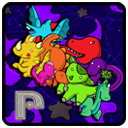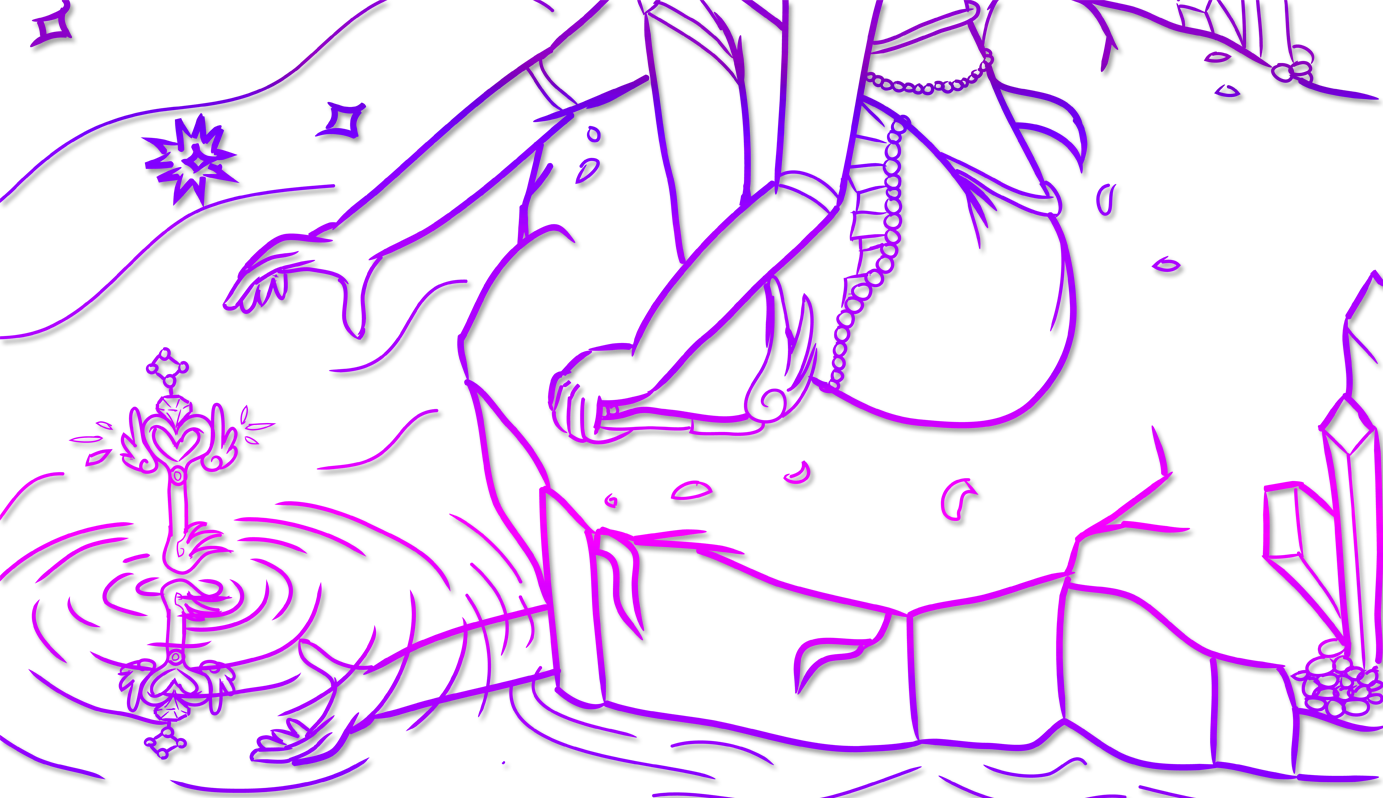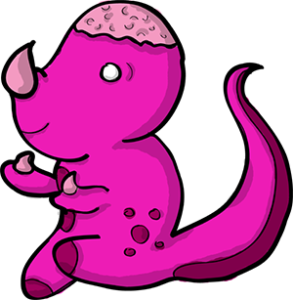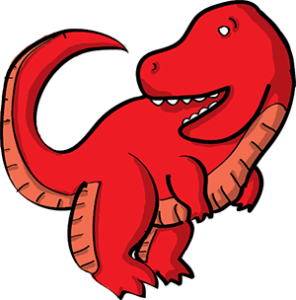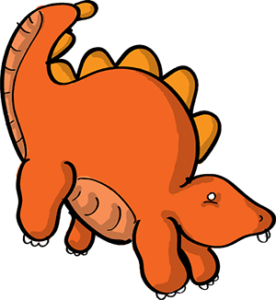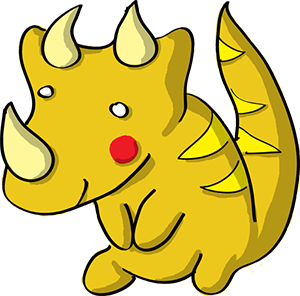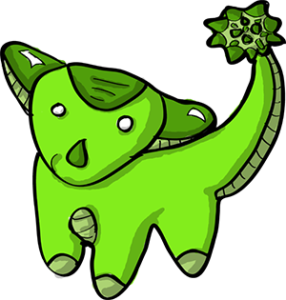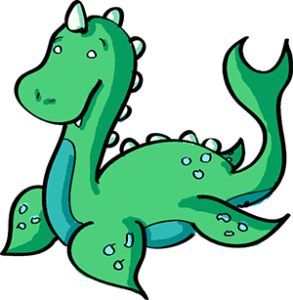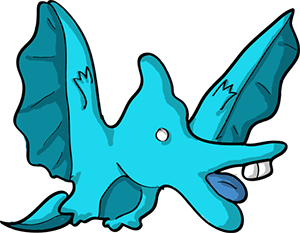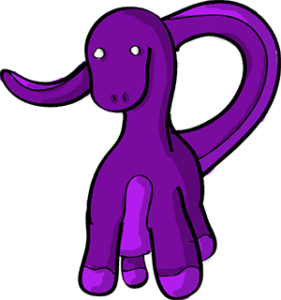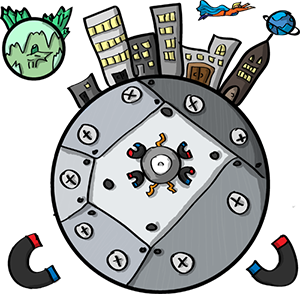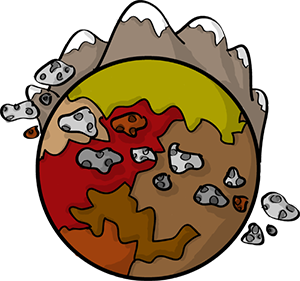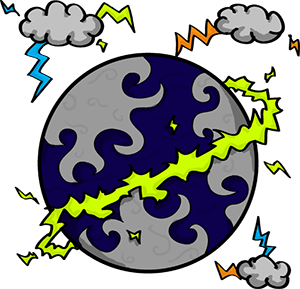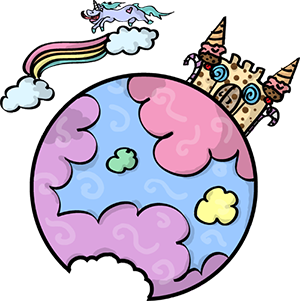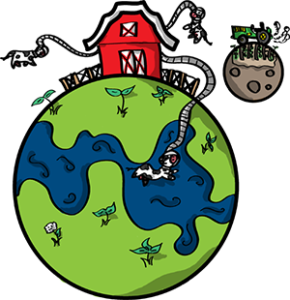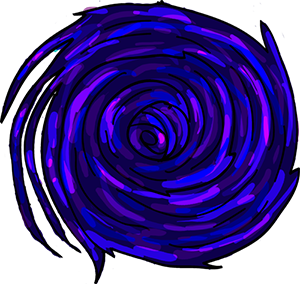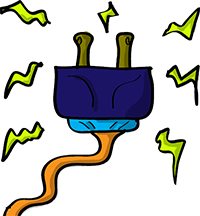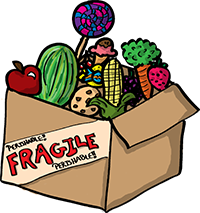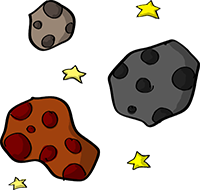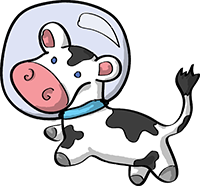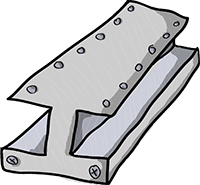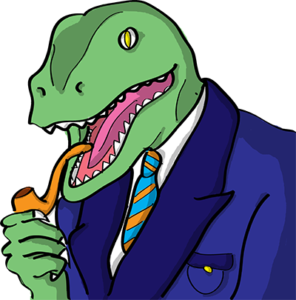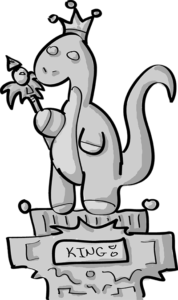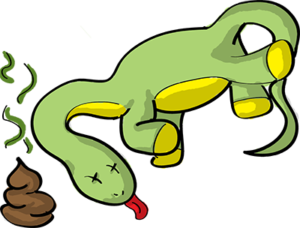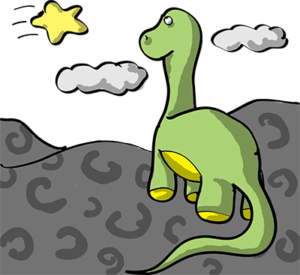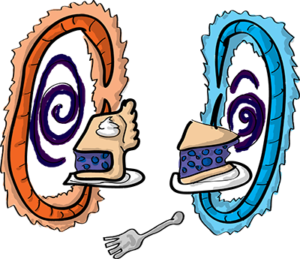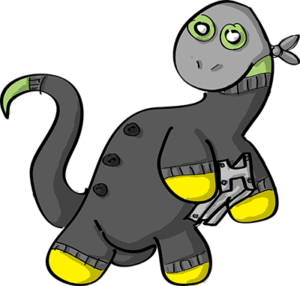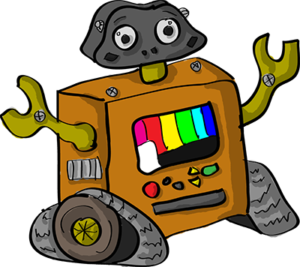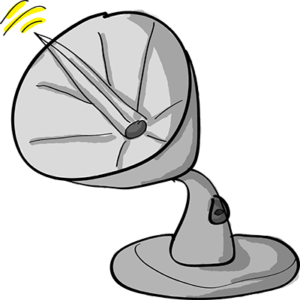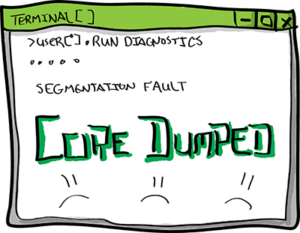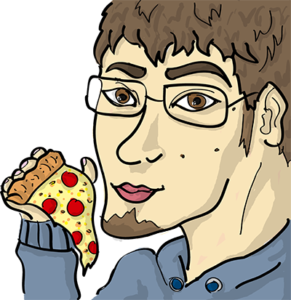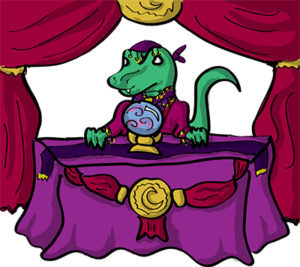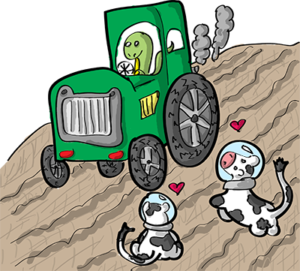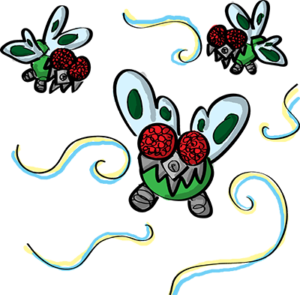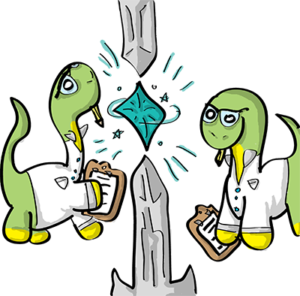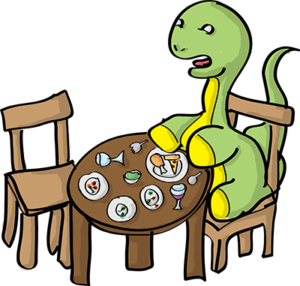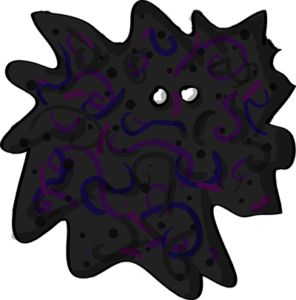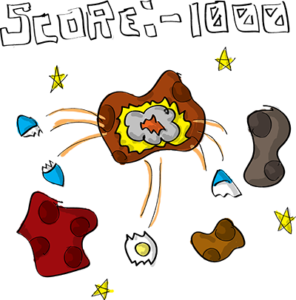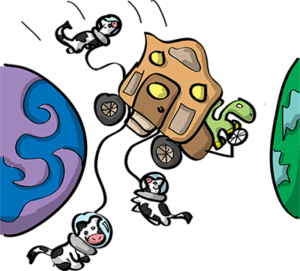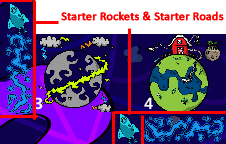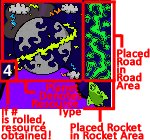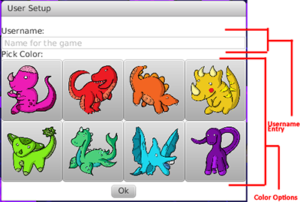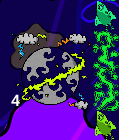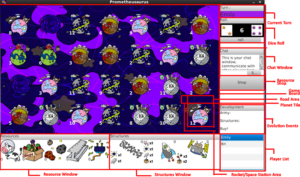Prometheusaurus was one of my first major software projects as an undergraduate student. As part of our team software project course, we were tasked with working together to create a software item that met some requirement by the end of the semester. My team chose to create a networked application that was able to communicate information between client and server components, and we chose to design a game to fulfill this goal.
The general design and gameplay of Prometheusaurus was based on the board game “Settlers of Catan”, but centered on dinosaurs in space. The game allowed players to choose a dinosaur to play as, which determined their settlement (rockets and space stations) and road (star paths) colors. The board featured square land (planet) tiles around which players would develop their paths and space settlements while attempting to achieve victory.
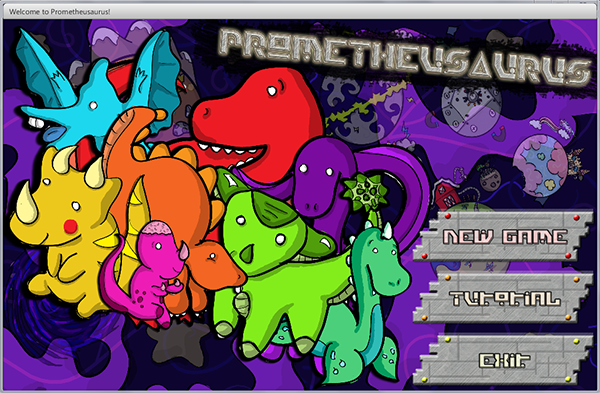
For this project, I took on the role of scrum master and designer. I planned our directives in biweekly sprints, worked to mitigate obstacles, and managed team communications and meeting scheduling. As I had an internship the summer prior, I was familiar with Agile methodologies through my internship team’s use of them. I applied what I had learned during that summer to help our team navigate planning, managing, and executing a major project.
I also developed all the artwork for the game over the semester, wanting us to have a truly unique and original project to showcase. Working as an artist for this project, I also challenged myself: I had never drawn using Adobe Illustrator before, using it for the first time to create vector illustrations for all of our assets.
Adding a cast of colorful characters created a more vibrant and fun world that we were excited to continue adding to.
In addition to our title screen player characters, art was also needed for the various game elements. The planet tiles represented the game board, which dynamically changed each game.
The planet art for each tile, determining the resource on that tile, is populated alongside a double dice roll value (2-12, but not including 7 as this is a special roll) at random when the game begins. Server and clients communicated in order to ensure all players saw the same randomized game board, and that changes were populated to each client’s view.
The planets were designed to represent their resources in unique and fun ways. The “Steel” planet for instance features an homage to Superman (the Man of Steel). Our colorful worlds match our colorful cast!
Having a space settlement adjacent to a planet tile and the die value on that tile being rolled awards the player the resources of that planet. The Farm Planet awards Space Cows, Food Planet awards a “Food Cube”, Rocky Planet awards Asteroids, Electrified Planet awards Electricity, and the Steel Planet awards Metal Beams. Black holes award nothing – they are the voids of space after all! Players collect resources in order to develop further space settlements, star paths, and to activate events. Players are also able to trade resources at the shop, which randomizes trade values to add another element to each game.
One of the final art areas was also one of our most expressive: the development cards (Evolution Events) and thief events (Disaster Rolls). These images appeared when players purchased an evolution event card, or when a 7 was rolled by any player, triggering a disaster. The art on these cards often pushed my super beginner Illustrator drawing skills to the next level, incorporating new poses and background scenery to achieve the team’s vision.
Our team did a great deal of bonding over planning the jokes and ideas for these cards. We included nods to the Oregon Trail, to puns, and even to another team in the class and to one of our team members! These jokes and being able to realize them in our game helped our team grow closer – and as a scrum master for the project, keeping morale high and the team motivated was surely a reason to keep at it!
I also took on the primary role in compiling one of the major final deliverables to accompany our code, the Prometheusaurus User Guide (PDF). This guide serves as the user handbook for our software product, describing its features and how to begin using and navigate it.
In working to keep our fun theme and in the true spirit of video games, I designed this user guide as a full color game booklet versus a simple white paper. The document describes the cast of characters, explains the rules and the software interface, and has labeled screenshots to help users understand the components of the interface both in-game and as referenced throughout the game guide.
Creating this document was quite the adventure, mostly due to the campus printer. All the pages have deep blue backgrounds, and we were required to print the document for our deliverable in class. I vividly recall rushing back to my team as we worked to compile all of our documents, covered in navy ink on my face and hands after struggling to get a page unstuck from the industrial-grade machine. Eventually I managed to triumph over the machine, and we were able to present our honestly, rather beautiful, deliverable portfolio to our instructor.
Working on Prometheusaurus was an adventure, but certainly a fun one. Our final production code was lost after we completed the course, but the memories remain.
I look at this art now and while I certainly feel I’ve grown as an artist, I am intensely proud of stepping outside of my comfort zone to learn Illustrator back then, and of how much I did accomplish. The art is still endearing and fun to me to this day, even if it could be polished. Further, the amount of art I completed in the semester, while managing our team as scrum leader and still taking other courses, still floors me.
My team’s appreciation and excitement for our idea and this art propelled me to be the best team leader and artist I could be for them, and I’m still quite proud of the results.
